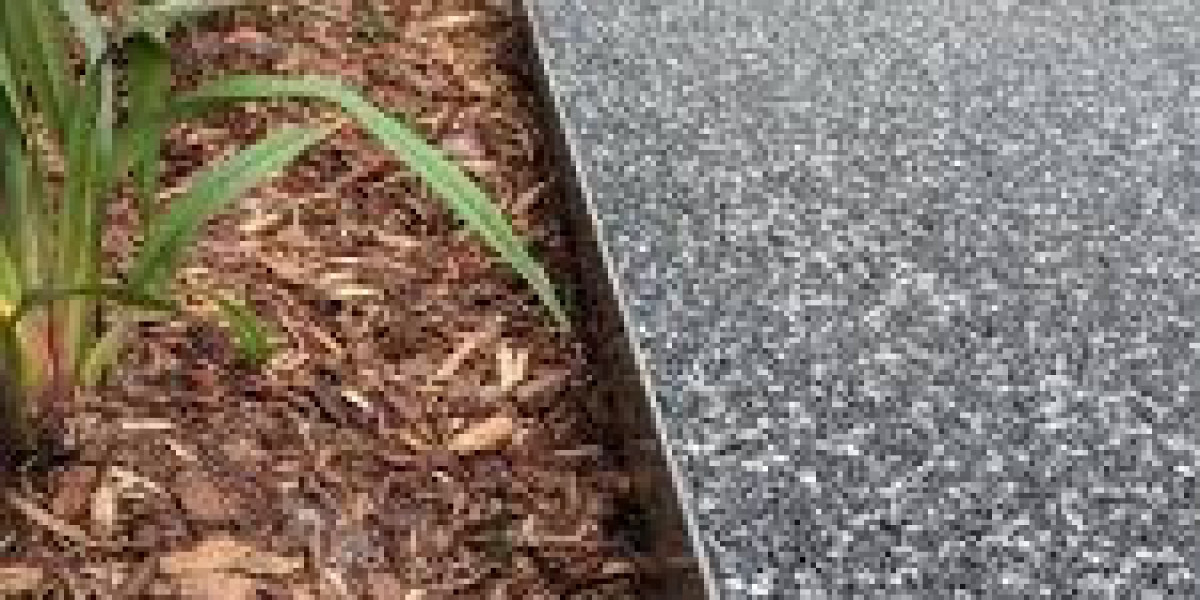Driveway edging is more than just an aesthetic enhancement—it plays a vital role in defining the boundary of your driveway, preventing erosion, and keeping gravel or paving materials in place. Steel edging, in particular, has gained popularity for its durability, sleek appearance, and low maintenance. However, installing steel edging securely requires careful planning and technique. Here are some practical tips to ensure your driveway edging stands the test of time.
1. Choose the Right Type of Steel
Not all steel is created equal. For driveway edging, consider galvanized steel or Corten steel, which resist rust and corrosion even when exposed to moisture and road salt. Corten steel, with its natural rusted patina, offers a modern, rustic look while remaining strong, while galvanized steel provides a sleek, silver finish with excellent longevity.
2. Prepare a Solid Base
A secure installation starts with a strong foundation. Excavate a narrow trench along the edges of your driveway about 4–6 inches deep. Fill the trench with compacted gravel or crushed stone to provide a stable base for the steel edging. This prevents shifting and sinking over time.
3. Use Proper Anchoring
Steel edging requires anchoring to remain upright and resist lateral pressure from vehicles and soil. Use steel spikes or anchor pins at regular intervals, typically every 12–18 inches. For added stability, drive the anchors deep into the compacted gravel base. This ensures the edging driveway edging stays straight and firmly in place.
4. Maintain Level and Alignment
Accurate alignment is crucial for both appearance and function. Use a string line or laser level to guide the placement of the steel edging. Check the height frequently to maintain a consistent profile along the driveway edge. Uneven edging can create tripping hazards and allow materials to spill out.
5. Allow for Expansion
Steel can expand and contract with temperature changes. When installing long lengths of steel edging, leave small gaps (around 1/4 inch) between sections to accommodate natural movement. This prevents buckling or warping over time.
6. Backfill and Compact
Once the steel edging is anchored, backfill the trench with soil or gravel on both sides. Compact the backfill carefully to reduce voids and increase stability. A well-compacted backfill also helps prevent erosion and keeps your driveway materials contained.
7. Consider Decorative Finishes
Steel edging can be purely functional, but it also offers an opportunity to enhance curb appeal. Corten steel develops a striking rust patina over time, while galvanized steel can be painted or powder-coated for a modern finish. Choose a finish that complements your driveway and landscape design.
8. Routine Inspection and Maintenance
Even the strongest steel edging benefits from occasional checks. Inspect for loose anchors, rust spots, or shifting sections. Prompt repairs ensure long-term durability and preserve the clean look of your driveway.
Conclusion:
Steel driveway edging combines strength, elegance, and longevity, making it an excellent choice for modern landscapes. By selecting the right steel, preparing a solid base, anchoring correctly, and following careful installation practices, you can create a secure and attractive boundary that enhances both the function and appearance of your driveway.








